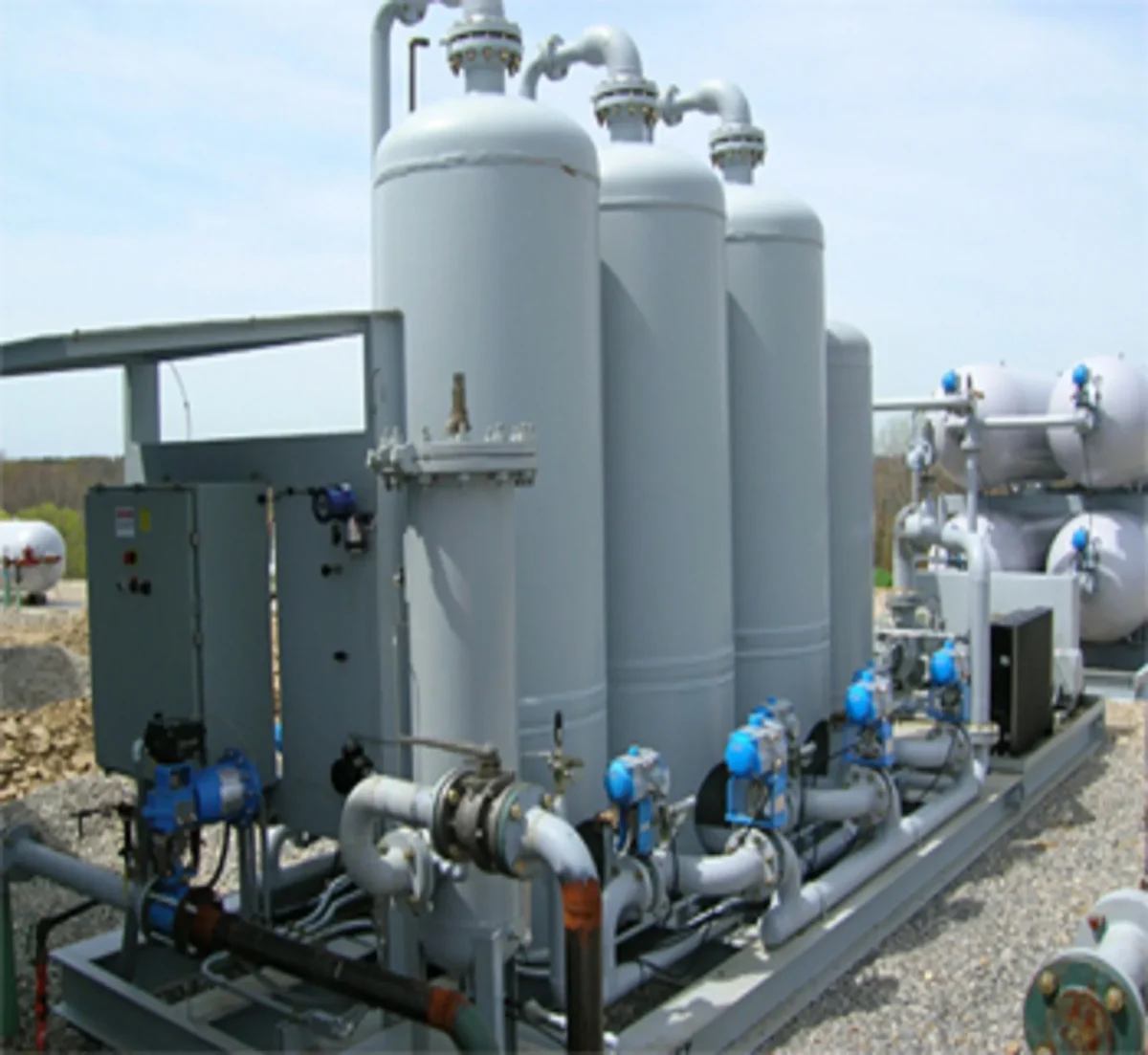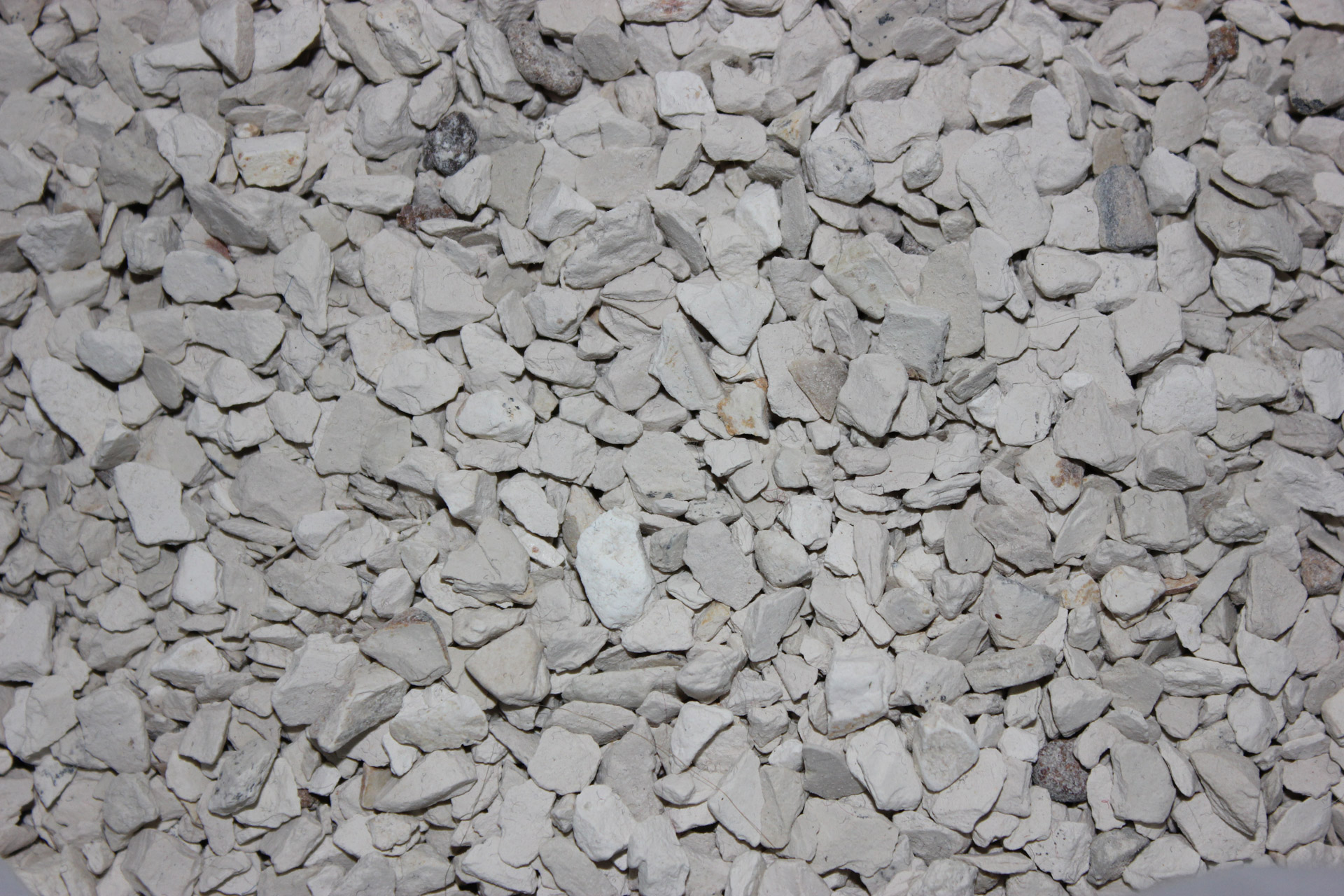Winter’s chill can sneak into your home through poorly insulated windows, making your heating bills skyrocket. You don’t have to endure drafty rooms and high energy costs, though. By learning how to insulate your windows effectively, you can keep your home cozy and your wallet happy.
Whether you’re dealing with an old house or just looking to boost your home’s energy efficiency, there are simple and affordable ways to tackle the problem. From DIY solutions to professional options, we’ll guide you through the best methods to ensure your windows are up to the task. Let’s dive into the world of window insulation and transform your living space into a warm, inviting haven.
Understanding Window Insulation
Efficiently insulating windows ensures a comfortable home and lowers energy costs. It’s a key step for any homeowner and builder.

Why Insulate Your Windows?
You prevent heat loss by insulating windows, improving energy efficiency. Reduced heating and cooling efforts lead to lower utility bills. Insulation also minimizes drafts, enhancing indoor comfort.
Types of Window Insulation
Several options exist for insulating windows. You can choose from these:
- Weatherstripping: Seals gaps to block drafts.
- Caulking: Fills in cracks around window frames.
- Insulation Film: Adds an extra layer to windows, enhancing energy efficiency.
- Thermal Curtains: Thick curtains to reduce heat transfer.
- Window Inserts: Interior panels providing extra insulation while being removable.
Choosing the right insulation materials and methods can maximize home energy efficiency and comfort.
Evaluating Your Current Window Insulation
Assessing your current window insulation helps identify areas needing improvement. Evaluate your windows to ensure optimal energy efficiency.
Signs of Poor Window Insulation
Feel for Drafts: Drafts around windows indicate air leaks.
Check for Condensation: Moisture between panes shows poor sealing.
Inspect for Ice Formation: Ice on sills suggests inadequate insulation.
Look for Fading Furniture: UV rays entering through uninsulated windows cause discoloration.
Monitor Energy Bills: Unusual increases could mean inefficient windows.
Tools Needed for Insulation Assessment
Thermal Camera: Detects temperature variations indicating air leaks.
Incense Stick: Exposes drafts when smoke moves erratically near windows.
Flashlight: Highlights gaps and cracks in window frames.
Caulk Gun: Seals minor gaps during inspection.
Measuring Tape: Ensures proper dimensions for replacement or repair materials.
DIY Window Insulation Techniques
As a home builder and designer, you know the value of efficient windows. Here are practical techniques to enhance your insulation.
Applying Weatherstripping
Weatherstripping seals gaps around window sashes. Single-sided adhesive foam, tape, and V-strip are common options. Measure the window perimeter, cut the weatherstripping to size, and press it firmly into place. This technique reduces drafts and enhances energy efficiency.
Installing Window Film
Window film adds an insulating layer to glass. Clean the window thoroughly before applying the film with soapy water. Cut the film slightly larger than the window, place it on the glass, and use a squeegee to remove air bubbles. Trim excess film for a snug fit. This reduces heat loss and improves indoor comfort.
Using Draft Stoppers
Draft stoppers block gaps at the bottom of windows. Place these cylindrical cushions along the sills. Easy to move and replace, draft stoppers prevent cold air from entering and keep warm air inside. This simple tool increases insulation without permanent changes.
Professional Window Insulation Solutions
Professional window insulation offers precise solutions and long-term benefits for homeowners.
When to Consider Professional Help
« Why Tea Consumption in the US is Soaring: Health Benefits, Trendy Cafes, and Unique Flavors
JBL vs Sony: Which Audio Brand Delivers the Ultimate Listening Experience in 2023? »
Hire professionals if windows have complex designs or hard-to-reach areas. Seek expert help for homes with many windows or large glass surfaces. Engage specialists if DIY methods don’t resolve drafts or condensation. Consult professionals for historical or custom windows needing special care.
What to Expect from Professional Services
Professionals assess your windows’ insulation needs using advanced tools like thermal cameras. They recommend the best materials, such as low-emissivity (Low-E) glass or high-quality weatherstripping. Experts measure and install insulation with minimal disruption. Expect fast, efficient service with warranties on workmanship and materials.
Professional methods ensure optimal insulation, energy savings, and enhanced indoor comfort.
Maintaining Your Window Insulation
Proper maintenance extends the longevity of your window insulation and ensures it remains effective.
Regular Maintenance Tips
Inspect seals regularly. Look for cracks, gaps, and wear. Clean window panes monthly. Remove dust and debris. Apply fresh caulk every two years. This prevents leaks. Replace weatherstripping annually. This ensures tight seals.
Troubleshooting Common Issues
Notice drafts? Check the seals. Inspect caulking and weatherstripping. Condensation on windows? Evaluate humidity levels. Use a dehumidifier if needed. Feel temperature fluctuations? Reassess insulation materials. Consider upgrades if issues persist.
Using these tips, your home stays comfortable and energy-efficient all year round.
Conclusion
Taking the time to properly insulate your windows can make a huge difference in your home’s comfort and energy efficiency. Whether you choose to tackle it yourself or hire a professional, the benefits are clear: lower heating costs and a cozier living space. Remember to keep up with regular maintenance and address any issues promptly to ensure your insulation remains effective. By doing so, you’ll enjoy a warm and comfortable home all winter long.















